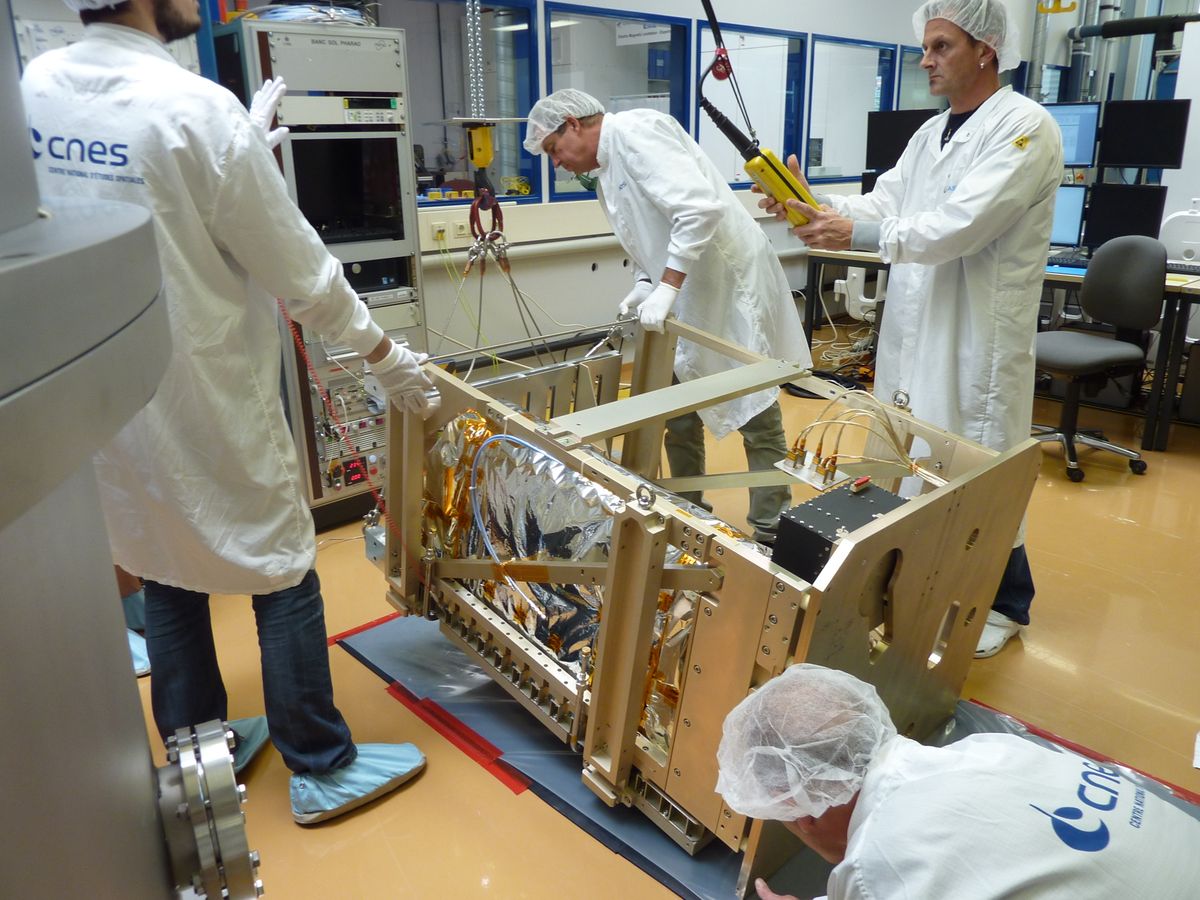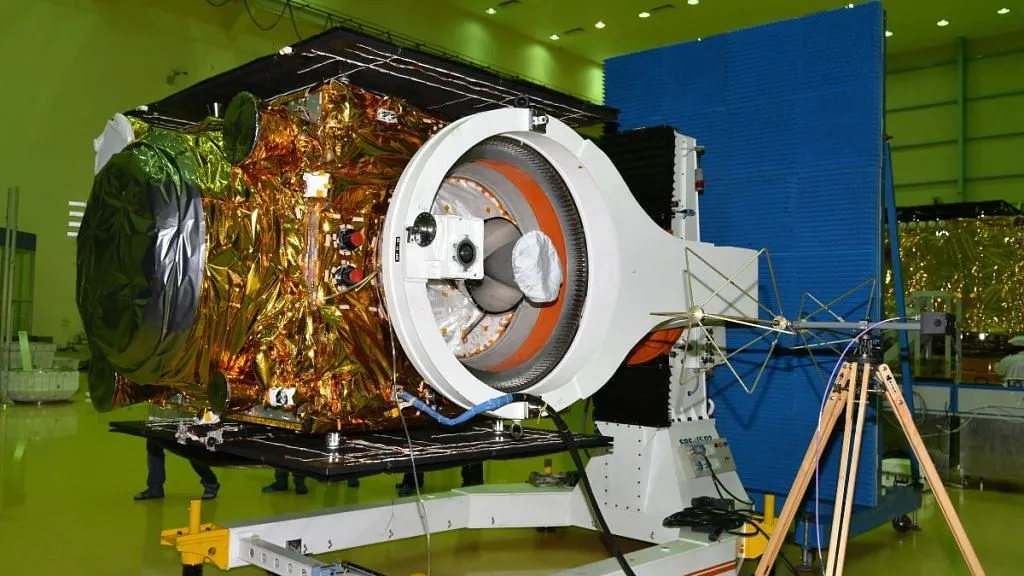"Dream, Dream, Dream! Conduct these dreams into thoughts, and then transform them into action."
- Dr. A. P. J. Abdul Kalam
"Dream, Dream, Dream! Conduct these dreams into thoughts, and then transform them into action."
- Dr. A. P. J. Abdul Kalam
2 Apr 2024
India is poised to synchronize its computer systems with the indiginously developed "Rubidium atomic clock," a feat achieved in the navigation satellite realm just last year. This landmark advancement propels India into an exclusive league shared by only four other nations. This cutting-edge clock, previously utilized in a 2G navigation satellite, heralds a new era of precision timing without any disruptions. India. At the moment, Indian internet systems synchronize with the US-based Network Time Protocol, which unifies time across various computer networks. The Indian Space Research Organization (ISRO) created this clock to be used with the Indian Regional Navigation Satellite System (IRNSS), also known as NavIC. During the Kargil War, the US government denied GPS access to India, leading to the construction of this system. As part of NavIC, the first nine satellites to launch between 2013 and 2023 are equipped with imported Rubidium clocks. The homegrown version was launched in May of last year on the tenth and most recent navigation satellite.
How do Atomic Clocks Work?
The most accurate clocks available are atomic clocks, which are accurate to a billionth of a second. By monitoring the resonance frequency of the atoms that make up the clock, they can measure time. They contain different energy levels in their atoms and electrons. An electron moves into a new orbit when it is stimulated, or gains more energy. This is accomplished in atomic clocks by employing a certain electromagnetic radiation frequency that the electron absorbs, causing the atom to oscillate. An incredibly accurate calculation of the energy oscillation may be achieved by fine-tuning the frequency of the microwave radiation that can shift numerous atoms into different states.
Understanding Why Satellites Need Atomic Clocks ~

( Source: Google Images)
Due to the extreme accuracy needed to compute distances—which may magnify inaccuracies of distance on the ground from a little error of a billionth of a second with a clock in a satellite—atomic clocks are also used by navigational satellites. To triangulate a position on Earth, one uses the time difference between many satellites in various orbits and locations. In addition, these satellites are equipped with quartz crystal clocks, which are less precise than atomic clocks but still accurate enough to determine time for humans. The most extensively used and well-known atomic clocks employ supercooled cesium atoms. In contrast, the rubidium atom is used in ISRO's in-house atomic clocks. In the past, Astrium, a European maker of atomic clocks, supplied atomic clocks for use in ISRO spacecraft. Three imported rubidium clocks were carried by each of the first seven satellites launched as part of NavIC. Nine of the 21 atomic clocks were found to have flaws back in 2018, which prompted ISRO to schedule four backup satellites.
NavIC's intended purpose ~

(Source: Google Images)
The government authorized NavIC, an alternative to the GPS owned by the United States, for Rs 1,420 crore more than 15 years ago. It will encompass the mainland of the Indian subcontinent as well as the oceans 1,500 kilometers offshore. It is currently in use and requires updated phone hardware to be compatible. While some new smartphones have access to the receiver, transmitter, and chipset, GPS is still the default system utilized by the Indian population.
Delving into the intricacies of atomic clocks helps to unravel the meticulous science behind their unparalleled accuracy, crucial for the navigation satellites navigating our skies. India's synchronization with the indigenous "Rubidium atomic clock" not only propels India into an elite circle of nations but also heralds a new era of precision timing, devoid of disruptions.